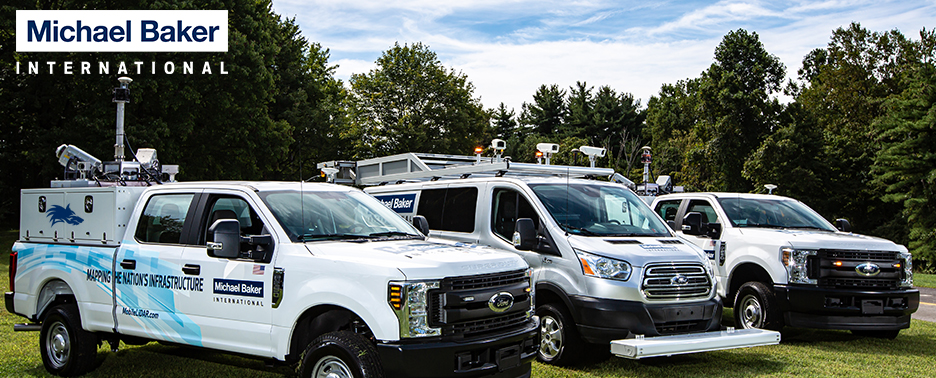Earlier this year, we were tasked to perform a Mobile LiDAR collection of an Interstate tunnel (2 lanes in each direction - measuring 0.8 miles in length). The tunnel is in a heavily trafficked urban corridor where closures required by traditional surveying, even in the early morning hours, were completely out of the question.
Due to the constant, unrelenting traffic, we performed the collection shortly after midnight. We collected each of the 4 travel lanes at or slightly below posted speed limits - slowing down or speeding up to minimize laser shadows from other vehicles. Following the collection, our LiDAR processing staff and
Applied Technology Group produced the final products.
First, our LiDAR processing staff adjusted the passes to ensure coincidence. Then they made quick work of removing other vehicles from the point cloud. Then, they turned over the tiled point clouds for modeling.
 |
| An image of the point cloud with vehicles removed, but tractor trailer model added. Notice the pothole in the bottom left hand corner of the image. |
 |
| Our Applied Technology Group utilized the cleaned point cloud to create a rendering of the tunnel in MicroStation. |
In the article I wrote for LiDAR News last week I made the statement "if you can’t see it, the system isn’t measuring it." The below image is directly disputing that statement - which I don't quite mind in this case.
 |
| The image shows a cross-section of the tunnel. Notice the arc above the "box" tunnel. The arc represents returns from the actual tunnel ceiling (extent of bore) that were measured through small (1") joints in the false ceiling. |
Perhaps what is most fascinating to me is not that the system captured this information, but how it will be exploited by our client.
Cheers!
Stephen






